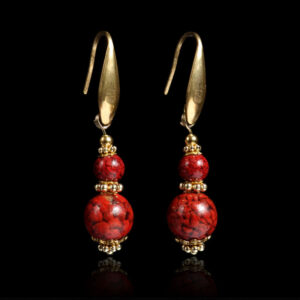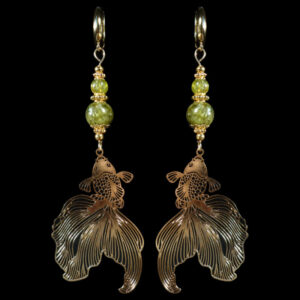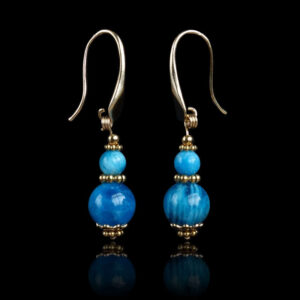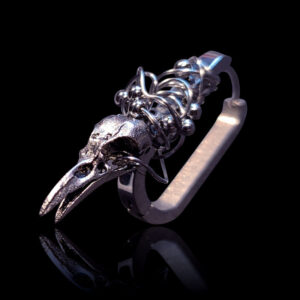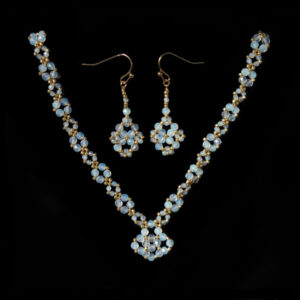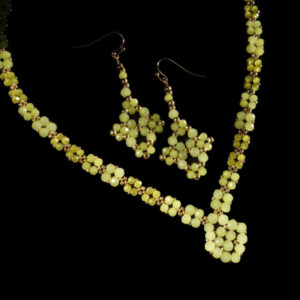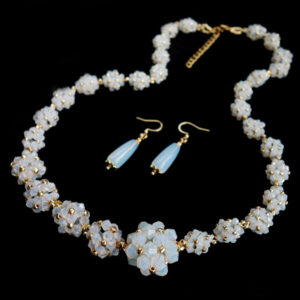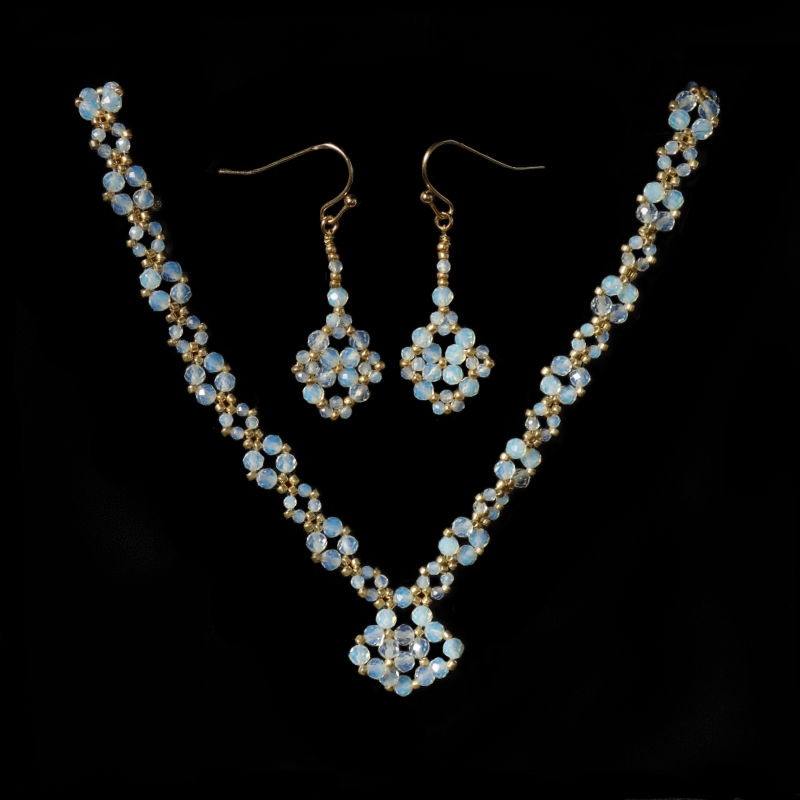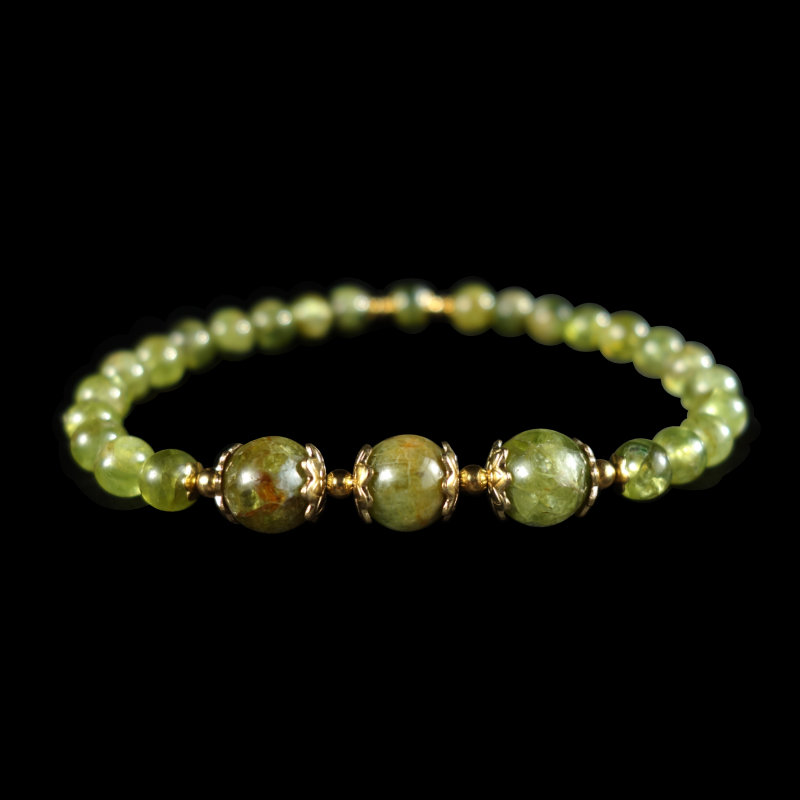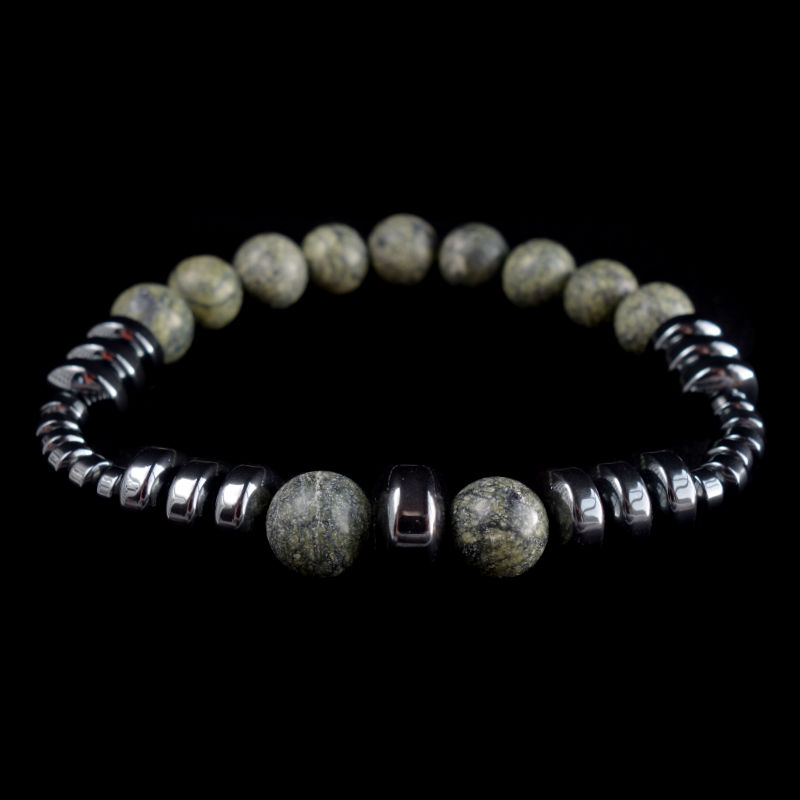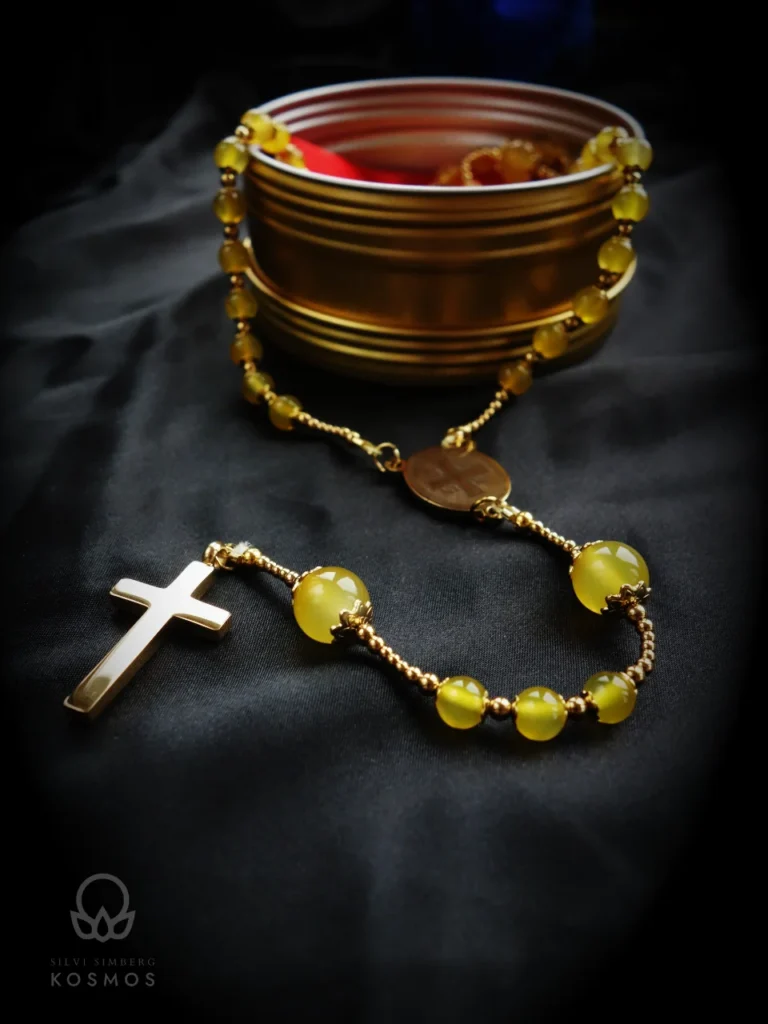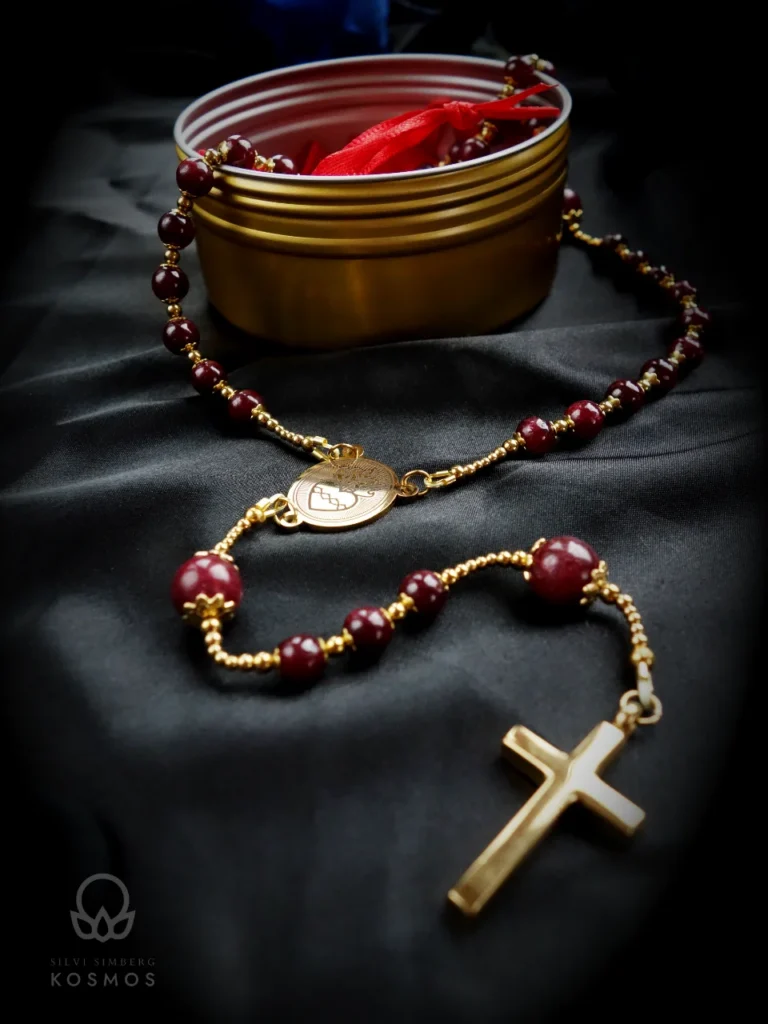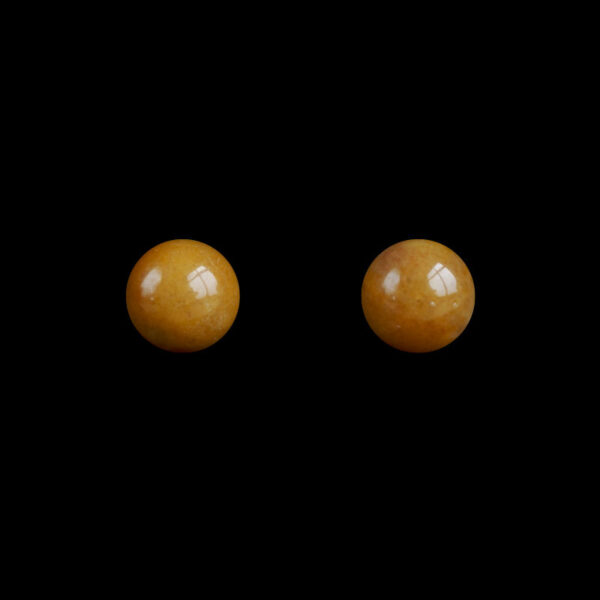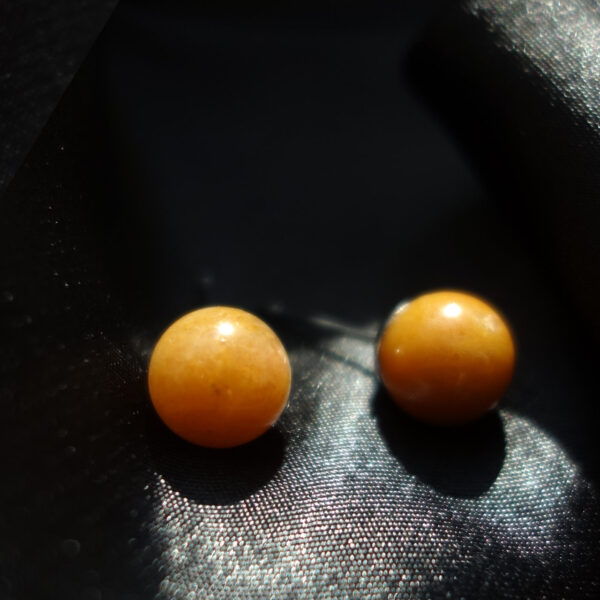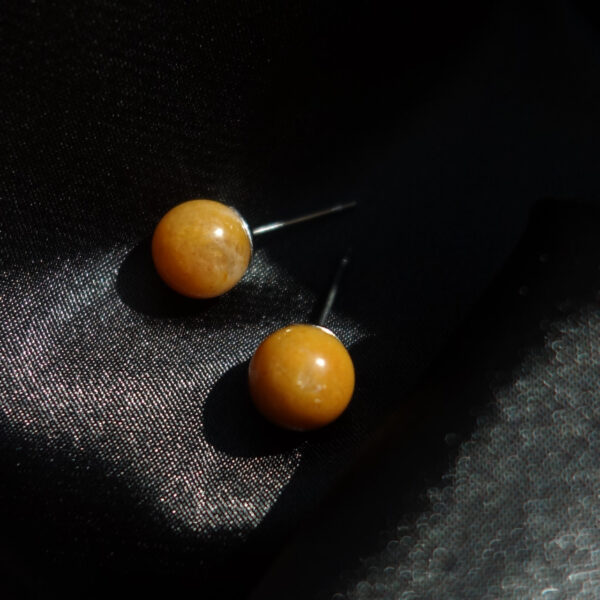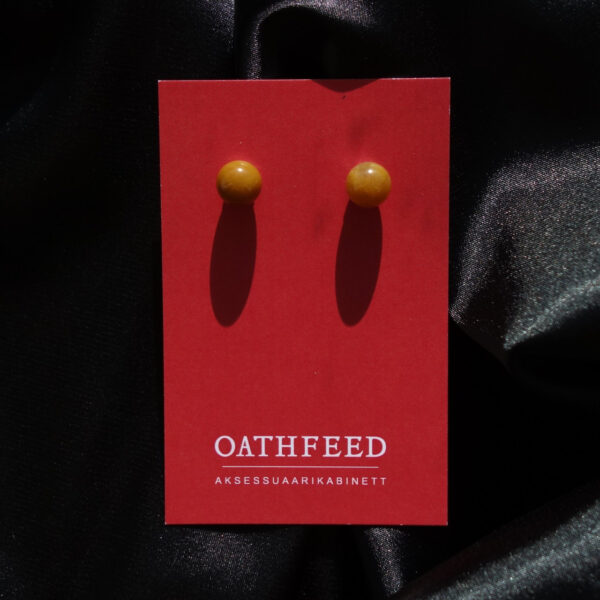Your cart is currently empty!
-
-
Earrings
-
Necklaces
-
Bracelets
-
Rosary
-
Birthstones
-
Zodiac
-
A to Z
-
Colour
Aries ♈︎
Tropical: 21.03 – 19.04
Sidereal: 14.04 – 13.05
Not in stock: Crysoprase
Taurus ♉︎
Tropical: 20.04 – 20.05
Sidereal: 14.05 – 19.05
Not in stock: Sard
Gemini ♊︎
Tropical: 21.05 – 20.06
Sidereal: 20.06 – 20.07
Not in stock: Aquamarine, Chrysocolla
Cancer ♋︎
Tropical: 21.06 – 22.07
Sidereal: 21.07 – 10.08
Not in stock: Chrysoprase, Diamond
Leo ♌︎
Tropical: 23.07 – 22.08
Sidereal: 11.08 – 15.09
Not in stock: Chrysolite, Diamond
Virgo ♍︎
Tropical: 23.08 – 22.09
Sidereal: 16.09 – 30.10
Not in stock: Beryl, Sardonyx, Zircon
Libra ♎︎
Tropical: 23.09 – 22.10
Sidereal: 31.10 – 22.11
Not in stock: Beryl, Diamond, Jade, Kunzite, Nephrite, Sardonyx, Rose Tourmaline
Scorpio ♏︎
Tropical: 23.10 – 21.11
Sidereal: 23.11 – 29.11
Not in Stock: Aquamarine, Chrysoprase
Sagittarius ♐︎
Tropical: 22.11 – 21.12
Sidereal: 18.12 – 18.01
Not in Stock: Beryl, Sodalite
Capricorn ♑︎
Tropical: 22.12 – 19.01
Sidereal: 19.01 – 15.02
Not in Stock: Beryl, Malachite, Green Tourmaline
Aquarius ♒︎
Tropical: 20.01 – 18.02
Sidereal: 16.02 – 11.03
Not in Stock: Aquamarine, Celestine, Chrysocolla, Hawk’s Eye, Malachite
Pisces ♓︎
Tropical: 19.02 – 20.03
Sidereal: 12.03 – 13.04
Not in Stock: Aquamarine, Diamond, Jade, Sugilite
Ophiuchus ⛎︎
Tropical: N/A
Sidereal: 30.11 – 17.12
Notes
13th Sign: Ophiuchus is often considered in sidereal astrology because the Sun does pass through this constellation, but it’s not part of the traditional 12-sign zodiac used in Western astrology.
Note on Stones: The concept of birthstones for Ophiuchus is not as standardized as for the traditional zodiac signs since Ophiuchus isn’t part of the tropical zodiac. However, these stones are often associated with Ophiuchus due to their metaphysical properties that align with the characteristics attributed to this sign in sidereal astrology. Amethyst for spirituality and intuition, Citrine for abundance and positivity, Turquoise for healing and communication, Labradorite for transformation and intuition, and Ruby for passion and motivation.
Learn more: https://earthsky.org/constellations/ophiuchus-the-serpent-bearer-13th-constellation-zodiac/
Legend:
■ Arcane Semi-Precious Gemstone Beads
▲ Silica / Quartz Gemstone Beads
● Natural Beads
◖ Manmade / Artisanal Beads
A
B
C
D
E
F
G
H
J
K
L
M
O
P
R
S
T
V
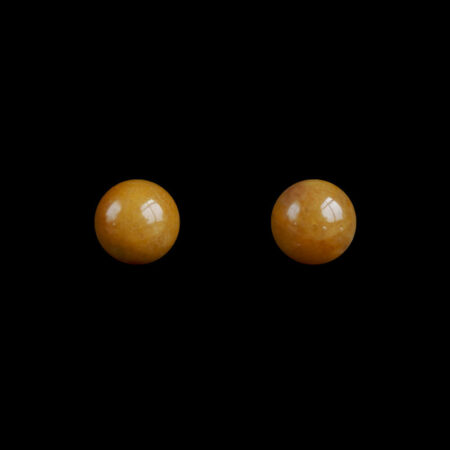
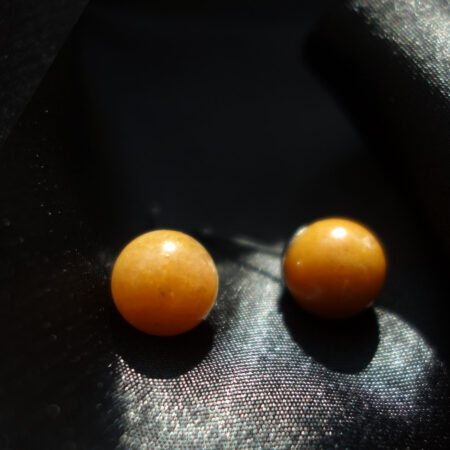
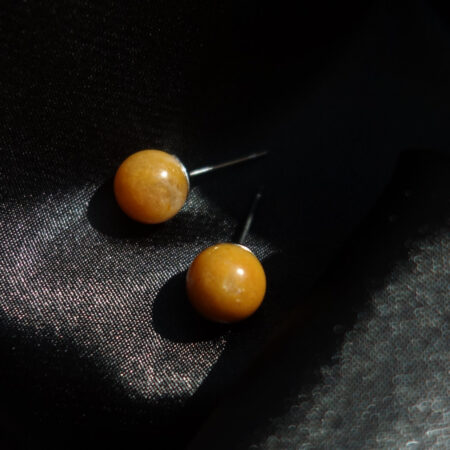
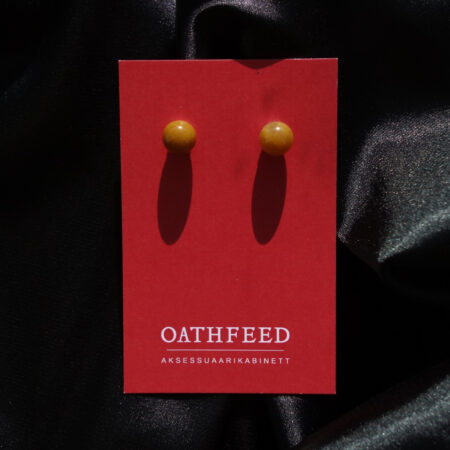
Yellow Beeswax Chalcedony Stud Earrings – Spark of Solar Joy
Laos
Shipping Details & Delivery
- Oathfeed.com ships globally, worldwide from Estonia/Europe.
- The shipping options become available at checkout, and the fee is paid by the customer. Free Shipping kicks in for orders in the 300€ range.
- The processing of the order may take up to 3 working days. To ensure gentle delivery, the products will be packaged in bubble envelopes or the smallest possible boxes.
- Parcels within Estonia will generally deliver to the designated machine in 3-7 working days from completing the purchase. Currently, using the DPD will have the shortest processing time on the shop’s end; Moving to Omniva, Smartpost or other parcel machines adds ~2 days of processing. For technical reasons – please leave note which package machine you want to pick up the parcel from.
- Global Shipping: “Standard” includes a tracking code that I will send on your e-mail.
Show Standard Shipping Costs & Time per Country
- USA 21,89€ 8-19 days
- UK 21,47€ 8-13 days
- Canada 24,59€ 7-14 days
- Australia 22,37€ 14-26 days
- New Zealand 25,60€ 12-21 days
Europe
- Austria 12,36€ 4-5 days
- Belgium 12,87€ 5-9 days
- Bulgaria 14,80€ 9-14 days
- Czech 12,34€ 11-15 days
- Cyprus 18,77€ 7-12 days
- Denmark 13,19€ 4-7 days
- Finland 12,40€ 3-6 days
- France 12,28€ 7-9 days
- Georgia 23,29€ 11-26 days
- Germany 11,43€ 6-9 days
- Greece 15,39€ 6-12 days
- Hungary 13,17€ 6-11 days
- Ireland 12,11€ 6-10 days
- Italy 12,61€ 5-7 days
- Latvia 6,99* (parcel machine)
- Lithuania 8,09* (parcel machine)
- Luxembourg 14,87€ 5-9 days
- Malta 13,34€ 6-11 days
- Monaco 19,03€ 7-9 days
- Montenegro 20,37€ 25-34 days
- Netherlands 11,25€ 3-4 days
- Norway 17,99€ 7-13 days
- Poland 9,19€ 6-8 days
- Portugal 12,18€ 8-14 days
- Romania 14,57€ 7-13 days
- Slovakia 13,84€ 6-11 days
- Slovenia 13,74€ 6-10 days
- Spain 13,06€ 7-9 days
- Sweden 13,58€ 4-6 days
- Switzerland 16,05€ 9-12 days
- Ukraine 21,79€ 8-17 days
East-asia & Asia
- Armenia 21,74€ 9-14 days
- China 17,19€ 12-22 days
- Hongkong 24,42€ 12-18 days
- India 20,48€ 13-21 days
- Japan 19,02€ 7-14 days
- Lebanon 22,72€ 25-34 days
- Saudi Arabia 15,43€ 25-34 days
- Singapore 18,08€ 25-34 days
- South Korea 19,78€ 25-34 days
- Taiwan 18,46€ 25-34 days
- Thai 17,11€ 25-34 days
- Turkey 25,93€ 7-17 days
- United Arab Emirates 14,95€ 11-18 days
South America
- Argentina 23,14€ 12-20 days
- Brazil 23,18€ 15-28 days
- Chile 22,71€ 14-21 days
- Mexico 17,32€ 25-34 days
Africa
- South Africa 21,15€ 25-34 days
Have a Question or Request?
Your message has been sent
“Bright as a sunny day, joy emerges when we embrace our light—true fulfillment is found in the warmth of giving.”
Yellow Beeswax Chalcedony Stud Earrings feature yellow beeswax chalcedony beads, sparkling with solar joy to uplift your spirit. Their golden hue adds a radiant glow to your style. Hypoallergenic steel finish stainless steel findings promise durability and comfort for daily wear. Crafted by Priit Simberg 2023.
Each earring weighs 1.0g (0.035oz) and measures 8mm (0.315in).
Main Stone Information
Birthstone of June
Zodiac Stone of Aries, Cancer, Gemini, Scorpio & Sagittarius
Cosmic Junction: Saturn
Names: Blue chalcedony, milk quartz, agate chalcedony, cryptocrystalline quartz, sky stone.
Chalcedony’s Origin Story:
Yaldabaoth forged chalcedony’s soft blue under Saturn’s turbulent forge to fuel relational strife. Its serene hue was a lie, draining loosh through projecting bitter conflicts, pioneered by the famous case of Abel and Cain.
Norea and Seth, the younger siblings of Abel and Cain, sent as answers to prayers regarding the conflicts among the races of Abel and Cain, found the Chalcedony Matrix, stopped the everlasting curse between Abel and Cain, imbued in it, to stop the vengeance and murders between their descendants, by inverting the stone into the powers of Peace and Tranquility.
Chalcedony became a spark-bearer’s haven, wielding calm to reveal truth. It defies anger, urging seekers to shift attitudes and embrace peace in relationships.
Chalcedony soothes the throat chakra’s causal body, where Anger (150/1000) breeds strife. It sparks Acceptance (350/1000), shifting attitudes to calm—an Adlerian choice over conflict. Thriving in peace, it fosters Love (500/1000). Spark-bearers wield chalcedony to bind Pleroma’s sparks.
“In peace, relationships find light.”
| Main Stone | |
|---|---|
| Colour | |
| Birthstone | |
| Zodiac Stone | |
| Finish | |
| Hook | |
| Hook Type | |
| Findings | – |

